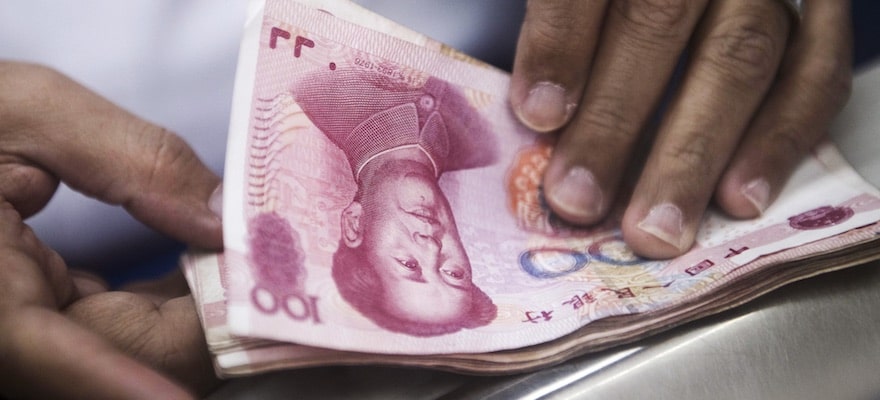SWIFT, a global provider of financial messaging services, has reported its Payments data for its monthly RMB tracker, which illustrated the importance of the renminbi in both India, China, and Hong Kong, according to a recent SWIFT statement.
The new world of Online Trading , fintech and marketing – register now for the Finance Magnates Tel Aviv Conference, June 29th 2016.
The results still continue to show a dominance of the US dollar (USD) in the region, though the RMB has retained its spot as the fourth most active currency for payments in the aforementioned countries. The latest tranche of data follows on the heels of a recent SWIFT tracking report that showed the RMB undergo a decline in usage in both China and Hong Kong.
In terms of April 2016 however, the RMB constituted 3.8% of all payments made between India, China, and Hong Kong. While this easily bested a 2014 figure of 0.2% back in April 2014, the data shows that the RMB usage still ranks among the lowest amongst Asian countries, coming in at only 38th worldwide.
Since 2014 however, the RMB has jumped to the fourth highest currency for payments by value, surpassing the Hong Kong dollar (HKD) and the British pound (GBP). The USD remains in a position all by itself, soaking upwards of 80% of all payment usage, followed by the Indian rupee (7.2%) and the EUR (6.3%) respectively.

Michael Moon, Head of Payments, SWIFT
In addition, April 2016 saw the RMB retreat to the sixth highest position as global payments currency by value, corresponding to a share of 1.82% - the renminbi comes in below the Canadian dollar (CAD), which itself has a share of 1.83%. On a MoM basis, RMB payments’ value decreased by -7.7% MoM compared to March 2016.
According to Michael Moon, Head of Payments, Asia-Pacific (APAC) at SWIFT in a recent statement on the RMB usage: “China has emerged over the last decade to become India’s largest trading partner. As a result, RMB adoption is slowly gaining traction for payments between India and China. Over time, and in line with the growing importance of this emerging trade corridor, we expect to see greater use of the RMB between these two countries.”
SWIFT made headlines earlier this month after it experiencing a malware breach, which resulted in the theft of $81.0 million from the Bangladeshi central bank - blame for the attack has been on SWIFT's shoulders after allegations that the group's technicians inadvertently facilitated vulnerabilities with a new transaction system.

















